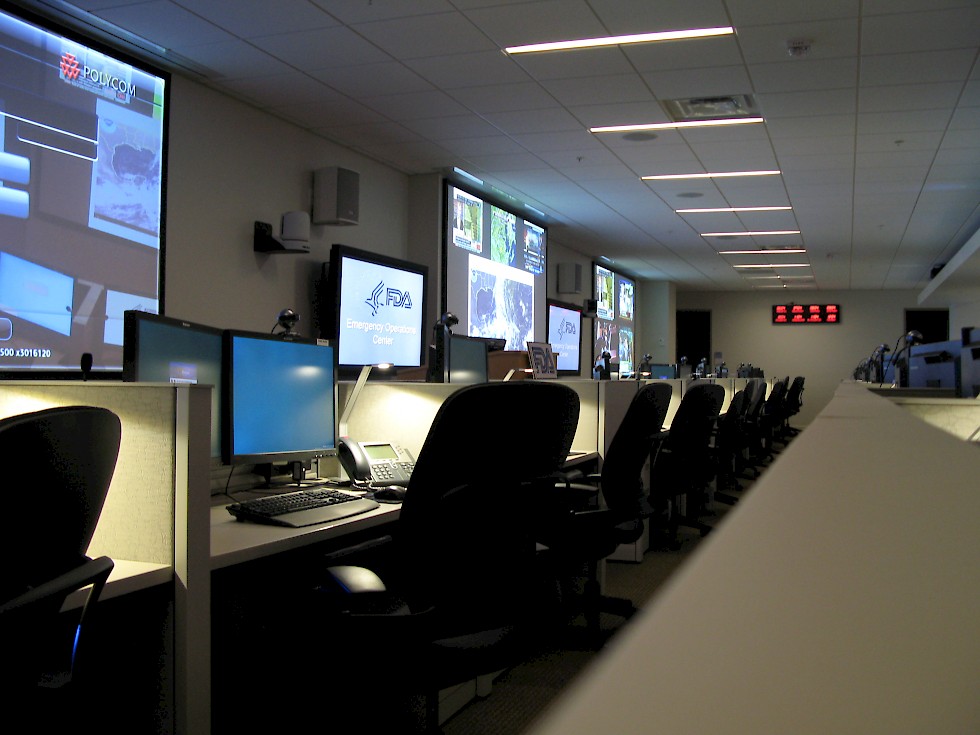
Emergency Operations Centers (EOCs) serve as vital hubs for managing responses to crises, ensuring effective coordination among various departments and agencies. The hallmark functions of an EOC—supporting resource needs, synthesizing efforts across organizations, and providing coordination and policy direction—are critical to achieving successful outcomes in emergency management. Traditionally, EOCs rely on structured processes, such as the Planning P, to maintain organization and rhythm in information sharing and decision-making. However, the shift to virtual EOC environments raises questions about the efficacy of these traditional methods. In particular, the question arises: Is the Planning P becoming cumbersome and overly complicated in a digital landscape?
The Traditional Planning P in EOCs
The Planning P is a systematic approach that guides the operational rhythm within EOCs, especially during in-person activations. This framework includes a series of steps: Notification, Initial Assessment, Agency Administrator Briefing, Incident Briefing, and the Initial Unified Command (UC) Meeting. However, while this method has served well in traditional settings, its rigidity may hinder efficiency in a virtual EOC environment.
The Impact of Virtual Collaboration Tools
In a virtual EOC, the dynamics of communication and information sharing change significantly. With tools like Microsoft Teams, real-time chat features, shared documents, and collaborative dashboards, information can be disseminated more swiftly and efficiently. As a result, the traditional Planning P may seem overly complicated. For instance, the reliance on formal live briefings becomes less critical, as team members can easily update one another through chat functions. This capability not only accelerates the flow of information but also reduces the need for lengthy meetings that can disrupt the workflow.
Evaluating the Necessity of Each Step
While the Planning P’s foundational steps remain relevant, their implementation for virtual EOC activations may need reevaluation. While in a virtual setting, the Initial Response phase (leg of the P) is still applicable, subsequent steps may not need to adhere strictly to traditional formats. The ability to co-edit documents and create breakout chat groups enables teams to address issues in a more agile manner. Therefore, while the Planning P offers a structured approach, its application should adapt to leverage the strengths of virtual communication tools.
Balancing Structure and Flexibility
The key to optimizing the Planning P in a virtual EOC lies in striking a balance between structure and flexibility. Organizations should consider which aspects of the Planning P are essential for maintaining situational awareness and which can be streamlined or adapted to fit the virtual format. For instance, while the Initial Assessment remains critical, the method of conducting it can evolve to include virtual surveys or quick updates via chat, allowing for more dynamic interactions.
The Need for Documentation
While virtual EOC activations may facilitate streamlined communication, given the rapid pace of chats and the evolving nature of an incident, there is a risk that important updates will fall through the cracks. Establishing streamlined documentation for objectives, actions (in progress and completed), situation status updates, and critical information for public information is essential. Documentation should be clear to include time stamps and names of individuals providing updates, enabling others to maintain accurate situational awareness at all times.
This documentation will also prove to be helpful when briefing the Executive Policy Group, allowing the EOC Director to streamline the generation of reports and retain focus on the EOC and coordination of the incident?
Synchronized Briefings
Even in a virtual environment, it is essential to maintain synchronized briefings including all EOC responders, to allow for two-way communication, ensuring all questions are answered, opportunities for coordination are maximized, and all responders have an accurate understanding of the situation and context for their assigned tasks.
As the landscape of emergency management continues to evolve, so too must the tools and processes we use. The Planning P, while historically significant in EOC operations, may require rethinking in a virtual context. By embracing the advantages of digital collaboration tools, EOCs can enhance communication and efficiency without losing the critical elements of coordination and resource management. Ultimately, adapting the Planning P for a virtual environment not only streamlines processes but also positions EOCs to respond more effectively in times of crisis.